Announcer:
The following program is a PBS Wisconsin original production.
Zac Schultz:
The state’s newest high court convenes as a full body for the first time. Extreme weather and climate in Wisconsin accelerates and layoffs loom for smaller state campuses.
Good evening, I’m Zac Schultz filling in for Frederica Freyberg. Tonight on “Here & Now,” the state’s climatologist on the extremes of climate change, a librarian on community calls to remove LGBTQ+ books, UW-Oshkosh prepares for impending layoffs. We speak with the faculty senate president. State job numbers are strong but a new report shows women’s workforce participation slipping. It is “Here & How” for September 8th.
Announcer:
Funding for “Here & Now” is provided by the Focus Fund for Journalism and Friends of PBS Wisconsin.
Zac Schultz:
Northern Bayfield and Douglas Counties reached the highest drought rating possible recently, marking the first time any part of Wisconsin has been designated with exceptional drought since the monitoring program began more than 20 years ago. This while flood warnings span the southeast corner of the state. This week red flag warnings for extreme fire danger were issued in southwest Wisconsin as temperatures continue to soar. Here to help us understand the convergence of these extremes is the co-director of the Wisconsin Initiative on Climate Change Impacts, Steve Vavrus. Thanks for joining us today.
Steve Vavrus:
Thank you for having me.
Zac Schultz:
Now most people that understand climate change is real also realize weather patterns will continue to get more extreme but do we need to redefine extreme? I mean, what is extreme? Is it 100 degrees at the beginning of September and the start of school extreme anymore or is it going to get a lot worse and this will look like the good old days in a few years?
Steve Vavrus:
A great question. We have shifting baselines right now when it comes to climate. What seemed ordinary or what may be seeming more ordinary in the future would have been considered extreme years ago. We saw that for sure in the south this summer. Phoenix having its hottest summer on record, breaking all sorts of extreme 100-plus degree days. That certainly looks like the future we are heading toward. So the definition of an extreme may well change. I’m afraid people are becoming a bit numb to records, for example. We seem to have record after record when it comes to weather and climate these days. It is easy for people to start to think, wow, this is just the new normal.
Zac Schultz:
A lot of Wisconsin’s infrastructures – homes, businesses, schools, roads – were designed and built for a different era. How prepared are we for this new reality?
Steve Vavrus:
That is something we really need to face and look at hard because as you say, we built our infrastructure for a climate that no longer exists. It is not going to exist in the future, most likely. So decisions on long-term building road conditions that can withstand heat, culverts that can withstand large storm run-off events, building homes that are more able to cope with hot days and even public health decisions about what we do during heat waves. Those are all sorts of decisions we need to be facing. We need to face them quickly. Fortunately some of them have win-win opportunities. For instance, if we clean up our air by reducing carbon emissions, we also improve air quality which improves things like asthma and can extend life spans.
Zac Schultz:
When we talk about policy makers, most Republicans in the legislature either deny the existence of climate change or at the very least don’t want to see the state involved. What role do federal, state and local government have in dealing with this crisis?
Steve Vavrus:
I think it falls along the lines of both mitigation and adaptation of climate change. When we talk about mitigation, we are talking about ways to reduce the problem in the first place. How do we reduce the amount of heat-trapping pollution we create. Are there any ways we can draw some of that heat-trapping pollution down out of the atmosphere. The other way is through adaptation. Accepting that climate change is happening and is going to happen and is going to impact us, what are the ways we can change our strategies, our operations, our way of life to adapt and cope with this new reality.
Zac Schultz:
There have been a lot of assumptions in recent years about Wisconsin as a possible climate refuge in the years to come. Is that still true?
Steve Vavrus:
As we’ve seen, we are not immune to weather variations and climate change. The wildfire smoke caught everyone off-guard. In all the concerns about climate change, wildfire smoke was not one that rose to the level we saw in the past few months. Yet there we were in late June experiencing some of the worst air quality in the world. That was one of these unknown-unknowns when it comes to weather and climate variations, but we do need to rethink — I think the people who were advocating Wisconsin as a climate haven do need to re-think that because we are not immune by any stretch. We have seen it this year with the drought, the heavy rainfalls, and then recently the extreme heat.
Zac Schultz:
Is there a silver lining out there? Is there any hopeful news about our ability to adapt and survive as a society?
Steve Vavrus:
Absolutely. We need to stop thinking doom-and-gloom about climate change because if we do it becomes a self-reinforcing cycle and makes people just throw up their hands and say, it is all bad news. There’s nothing we can do it. But there is a lot we can do about it. We need to point out success stories. One really good example of a success story is how we are coping better with extreme heat. People may be aware of, remember the Chicago heat wave of 1995 which killed hundreds of people. After that Chicago and other cities around the country started taking heat waves a lot more seriously as a public health threat and they adopted heat wave action plans, which have been implemented around the country. Those have been remarkably successful.
Zac Schultz:
All right Steve Vavrus, the state climatologist and the co-director of the Wisconsin Initiative on Climate Change Impacts. Thanks for your time today.
Steve Vavrus:
Thank you, Zac.
Zac Schultz:
A massive $18 million budget deficit at UW-Oshkosh is leading the administration to project laying off 20% or 1,100 employees. [Editor’s note: The figure of 1,100 employees is incorrect UW-Oshkosh officials have estimated the university will lay off about 200 employees.] The third largest UW system campus announced some layoffs and furloughs will begin this fall. To hear from the employee perspective, we are joined now by the Faculty Senate President Pascale Manning, an associate professor of English at UW-Oshkosh. Thanks for joining us.
Pascale Manning:
Thank you for having me.
Zac Schultz:
What impact will these cuts have on the university both in terms of quality of service and general morale?
Pascale Manning:
I think that the impacts have the potential to be catastrophic in our community. Of course they are going to have reverberations across the entire campus. From the classroom to every other corner of this, you know, hugely diverse organism that is our university. They are going to be felt in the wider community. You mentioned 20% of our workforce. But that just accounts for the layoffs. We have an additional projected approximately 100 voluntary retirements that are part of this loss that we are estimating in the coming months. So taken together, if we are looking at somewhere in the neighborhood of 300 people leaving our community, that is 30% of our workforce. It is hard to imagine what the university will look like, but it will look different.
Zac Schultz:
How much of this has to do with specifics of enrollment at any state school versus the bigger picture of state funding for the UW system?
Pascale Manning:
Yeah, that is a really good question. I think one of the things we have to appreciate is of course enrollment has gone down. But enrollment can’t be disentangled from state funding. So it is really important to bear in mind that the UW system is underfunded in comparison to other state systems. The University of Wisconsin System ranked 43rd nationally in per-student funding in 2021. In the last budget, Tony Evers proposed a $305 million increase for the University of Wisconsin System, but the legislature opted instead to cut the system’s budget by $32 million. So the things we are seeing in this moment, these crises that are not only going on at the University of Wisconsin-Oshkosh, but elsewhere in the system as well, these are part of a long-term trend where we can see the state system — or the state itself divesting in the university system.
Zac Schultz:
Now you mentioned the funding battle over the UW system’s budget with the legislature. Republican opposition to the UW systems started with the system’s commitment to diversity, equity and inclusion programming. Would you sacrifice DEI in exchange for more state funding? Would you consider that as an alternative that would be worth exploring?
Pascale Manning:
No, I don’t think that is possible. One of the things that the pandemic has laid bare is that our students need more support, not less support. They need to see themselves reflected in the people around them in their universities. They need to understand the relevancy of a university education to their life. And part of the programming that goes into that large bucket of diversity, equity and inclusion is — are programs and initiatives that face those very real needs. They’re national needs. They are international needs. DEI gets sort of branded in this really sort of simplified way by the legislature and elsewhere that doesn’t account for what students really need a university to be able to project to them.
Zac Schultz:
How close are we to the negative spiral of lack of funding, lower quality, the university can’t recruit good talent, enrollment drops further, leading to less funding and just repeating over and over?
Pascale Manning:
Well, yeah, the principal issue is one of investment. We need to see investment in university-level education, the UW system and you know, any other university system in order to see innovation that enables rises in enrollment. Innovation in programming. Reconceptions and reimaginings of educational structures. So these trends we have been seeing in the last 20-odd years are, you know, specific to Wisconsin but they are across the board. We are seeing in the U.S. these kinds of systematic dis-investment. In Wisconsin alone we have gone from a situation in the year 2000 where state and local funding was 6.4% above the national average. Then if we dial over to 2019, we find that state and local funding has fallen by 16.5% below the national average. Per-student funding is continuing to fall rapidly. So this hampers university’s abilities to diversify and to respond to the problem. In addition to all this until March of last year, we were ten years into a tuition freeze. So not only were we seeing systematic disinvestment, but we were prevented from setting our own costs.
Zac Schultz:
All right. We will have to leave it there. There is more to talk about as this keeps going on. Pascal Manning at UW-Oshkosh, thanks for your time today.
Pascale Manning:
Thank you.
Zac Schultz:
An anonymous group is asking the Iron River Library to remove nearly 500 LGBTQ+ related materials from the public library and calling for the resignation of library board members. The town is located in Bayfield County in northern Wisconsin and has just a thousand residents. The request came in the form of a letter from concerned citizens. We were scheduled to speak with the director of the Iron River Library about this attempted book banning but the president of the library board cancelled our interview at the last minute. The president of the board told me over the phone they are trying to gather more facts about who is behind the letter, but the library director says they are not pulling the books. This follows a trend of conservative groups around the country attempting to remove books related to LGBTQ issues. Joining us is Louise Robbins, a UW-Madison professor emeritus of library information sciences and studies. Thanks for joining us today.
Louise Robbins:
Thank you for having me.
Zac Schultz:
So are there any parallels in history to this current movement to ban books, especially related to marginalized groups?
Louise Robbins:
Absolutely. It’s been going on for a long time. I think some of the most prominent examples are during the McCarthy period during the ’50s, there was a large group of attempts to sensor books related to communists but also to people of color. As it went along the — let me back up there a minute. They wanted to ban cheap paperbacks and comic books. One person testified before a congressional committee, said comic books would blow your boy’s brains out so they were rather alarmist about the effect of such things but the targets were people of color, Jewish people and nonbinary people then too. Then in 1958 for example, a book called “The Rabbits’ Wedding,” a children’s book with a black bunny and white bunny nearly caused the firing of the state librarian of Alabama, Emily Reed, because the state said it promoted interracial marriage. There was a group in the ’90s called Family Friendly Libraries, who attacked pretty much the same topics, like today’s Moms for Liberty. On and on.
Zac Schultz:
This seems to happen pretty regularly. What kind of impact can a request like this have on a small community?
Louise Robbins:
Well, in my experience, it can drive away people who don’t agree with protesters. That means in a community — a small community they might have a significant brain drain and it would split up the community so people who historically have worked well together now don’t. So it can have a big impact. The group I studied in Oklahoma in the ’50s, a large number of researchers with Phillips Petroleum fled and went elsewhere because they didn’t want their children to grow up in such a place. The same kind of thing could happen here though not on that scale, of course.
Zac Schultz:
That is right. So the books in question have to do with gender and sexuality. How do libraries assess what books on these topics go where in the interest of, you know, all families and children to make sure they are available but they are not right out in front if not appropriate?
Louise Robbins:
Well, there are several things they do. They consult reviews. They look at which are award-winning books. They have a committee often that decides on what they are going to include and what they are not. The number the concerned citizens cite is a number that is held in all the Northern Waters Library Service libraries apparently. Also on state e-book collections. So it is not anything that — if one library had 450 titles like that, it would be very lopsided. So what they try to do is provide for the reading interest of a wide variety of people and be sure they have things on various sides of an issue through consulting reviewers, quality lists and so on. Just the same way you would try to select a product for your home. You consult those reviews.
Zac Schultz:
So if there are parents or individuals that have concerns about some books in a library, what is the appropriate way to do it, to talk to a librarian about that?
Louise Robbins:
There is such a thing as a reconsideration form usually in most libraries or process. I do believe all of the libraries in the northern waters area have such a process. But first you have to have read the book. Then you have to identify the specific areas that are problematic. So that you don’t just go in with a list of 150 books and say all of these are bad. You have to know what you are talking about and make a logical complaint. There are a lot of ways to do that. Sometimes they result in a change in location for the — in shelving for the book but generally speaking, not removal unless the book is clearly beyond the margins.
Zac Schultz:
So we’ve got about a minute left. In your experience, has book banning ever worked? Are there examples of books small groups have targeted and have actually removed from the public discourse?
Louise Robbins:
I don’t believe they’ve ever been able to remove them completely. I know of one book in the history of the United States that’s had the plates broken and that was, like, in the ’40s or ’50s and it has since been reissued. I don’t know of others. Sometimes, however, an author can be hurt by having someone pre-judge their books before they ever get out there, which means their sales drop and they don’t have much opportunity to publish again. It is most important for voices that aren’t most frequently heard because they really don’t have — until recently, there haven’t been that many books published by minority voices. Now there is the opportunity to hear from a lot of people. Libraries are supposed to provide choices and be a place where ideas can duel it out. Not people but where ideas can challenge one another through your reading. It is a matter of choice, not of indoctrination.
Zac Schultz:
We will leave it there, Louise Robbins, UW-Madison professor emeritus, thanks for your time.
Louise Robbins:
Thank you.
Zac Schultz:
Also this week, Justice Janet Protasiewicz made her first appearance on the bench as a member of the Wisconsin Supreme Court. Protasiewicz was sworn in last month giving the liberals a 4-3 majority and has been at the center of the storm ever since. Legislative Republicans are threatening to impeach Protasiewicz if she doesn’t recuse herself from certain cases. Democrats are lining up behind her, pledging a $4 million ad campaign designed to target Republicans who might vote to impeach. However, on Thursday, none of that was on display. The justices held a hearing on a proposed rule change that would require eviction records to be removed from the state web site after one year.
Wisconsin job numbers reached a record high in July, at more than 3 million. However, a new report from COWS – High Road Strategy Center says beneath the bigger picture is a troubling decline of women participating in the workforce, falling below 60% for the first time since the late 1980s. Here to dive deeper into the report’s numbers is Laura Dresser, associate director at COWS. Thanks for joining us today.
Laura Dresser:
Thanks for having me.
Zac Schultz:
Your report shows Wisconsin’s economy is strong, unemployment’s low but there’s no economic news doesn’t come with a little bit of doubt and insecurity these days.
Laura Dresser:
Yeah, that is correct. Having done this report for many, many years now and releasing it on Labor Day, this has some really good news for workers but we have documented some really long-term trends that are troubling and see some new things here.
Zac Schultz:
When it comes to low unemployment with Wisconsin’s slow population growth and the projected shortage of workers, that low unemployment seems to be a permanent fixture, right?
Laura Dresser:
Our unemployment rate is always going to be lower than the national rate. A financial collapse will increase our unemployment numbers but ours also remain lower than the national, most likely, because of the demographic structure. That tightness in the labor market creates a little rebalancing of power between workers and employers. I think that is what we are seeing, is employers — er, workers know they have a credible exit threat. They can use that in the labor market. So that is true now, especially with these very historic low unemployment rates but will be true going forward as you point out because of demographics.
Zac Schultz:
Let’s talk about the women’s participation in the workforce and how closely is that connected to the legislative fight going on right now between Governor Evers and Republicans over childcare subsidies and just childcare issues in general?
Laura Dresser:
Well, I think that what we know is that right now in the state of Wisconsin we are very interested in seeing workers be part of this labor market, to embrace the opportunities and to move people from sitting on the sidelines or maybe watching what’s happening or maybe taking care of their kids into the labor market. What we see happening from this very high level, Wisconsin has always had much higher women’s labor force participation than the national average. This is especially true in late 1980s and on through the ’90s, but that gap just keeps closing and closing and really over the last three and four years, women’s labor force participation rate in the state is coming down more quickly than the slight drift down at the national level. It is closing that gap. It means that there is capacity to support women’s work and to get more engagement of women in this labor market. I think when you think about what can help women connect with work, it is childcare that makes, childcare systems that are strong so that fight is going on in the legislature right now. How do we invest in our childcare infrastructure?
Zac Schultz:
Can you say it is a market solution, like eventually someone will figure it out because they need people to work?
Laura Dresser:
Having watched childcare for so long, I think the sector requires public investment. We have massive public investment because children are a public good once they get to school, right? We all agree we are building the future and we all invest in schools. And that is how we have job quality in schools, teacher quality in schools that can really sustain decent jobs. But at the child — in the level of early care in education, the wages tend to be very low. Parents, especially parents in jobs that pay less than the median wage, half of the workers in less than median wage, have a really hard time meeting the cost of care so that takes a public investment. Right now we have a largely private solution and states that are taking on more and more public investment are getting that kind of system that can really support women’s work.
Zac Schultz:
One of the other issues you track is unions around the country and Wisconsin. We have seen fights with places as big as Amazon down to the local coffee shop. What is the situation in Wisconsin?
Laura Dresser:
Well, unions have been in a decades decline in their share of the workforce they represent. This is true nationally. It’s true in Wisconsin. Wisconsin used to be a relatively high, union density state, above national averages. 2011’s Act 10, the change in the terms of public sector unionization changed all that so that line began to tip after 2011. From 2011 to current, Wisconsin’s declining unionization far outstrips the national decline and is the worst in the region. So, yes, there’s — you know, workers are going to find ways to join together and to make their jobs better. You can see that all over the state and nation going on. Unions are increasingly popular but so far, the head winds against organizing especially in a right-to-work state with very hard public sector unionization rules as well, just makes actually turning that into members really hard.
Zac Schultz:
Just a few seconds left. Talk about the minimum wage of $7.25 in Wisconsin. It is even relevant to today’s conversations about the workforce?
Laura Dresser:
Such an important question. We all know the floor has really come up. Low-wage workers are doing better. They are doing their best of any group in the economy. Low-wage workers have made more wage gains, so the $7.25 is technically our minimum wage, like 20 states in the nation. But it really matters to raise that wage so that all workers, care workers and other workers know what the floor is.
Zac Schultz:
Laura Dresser from COWS, thank you so much for your time.
Laura Dresser:
Thanks for having me. Great to be here.
Zac Schultz:
For more on this and other issues facing Wisconsin, visit our website at PBSwisconsin.org and click on the news tab. That is our program tonight. I’m Zac Schultz, have a great weekend.
Announcer:
Funding for “Here & Now” is provided by the Focus Fund for Journalism and Friends of PBS Wisconsin.
Search Episodes

Donate to sign up. Activate and sign in to Passport. It's that easy to help PBS Wisconsin serve your community through media that educates, inspires, and entertains.
Make your membership gift today
Only for new users: Activate Passport using your code or email address
Already a member?
Look up my account
Need some help? Go to FAQ or visit PBS Passport Help
Need help accessing PBS Wisconsin anywhere?

Online Access | Platform & Device Access | Cable or Satellite Access | Over-The-Air Access
Visit Access Guide
Need help accessing PBS Wisconsin anywhere?

Visit Our
Live TV Access Guide
Online AccessPlatform & Device Access
Cable or Satellite Access
Over-The-Air Access
Visit Access Guide
 Passport
Passport


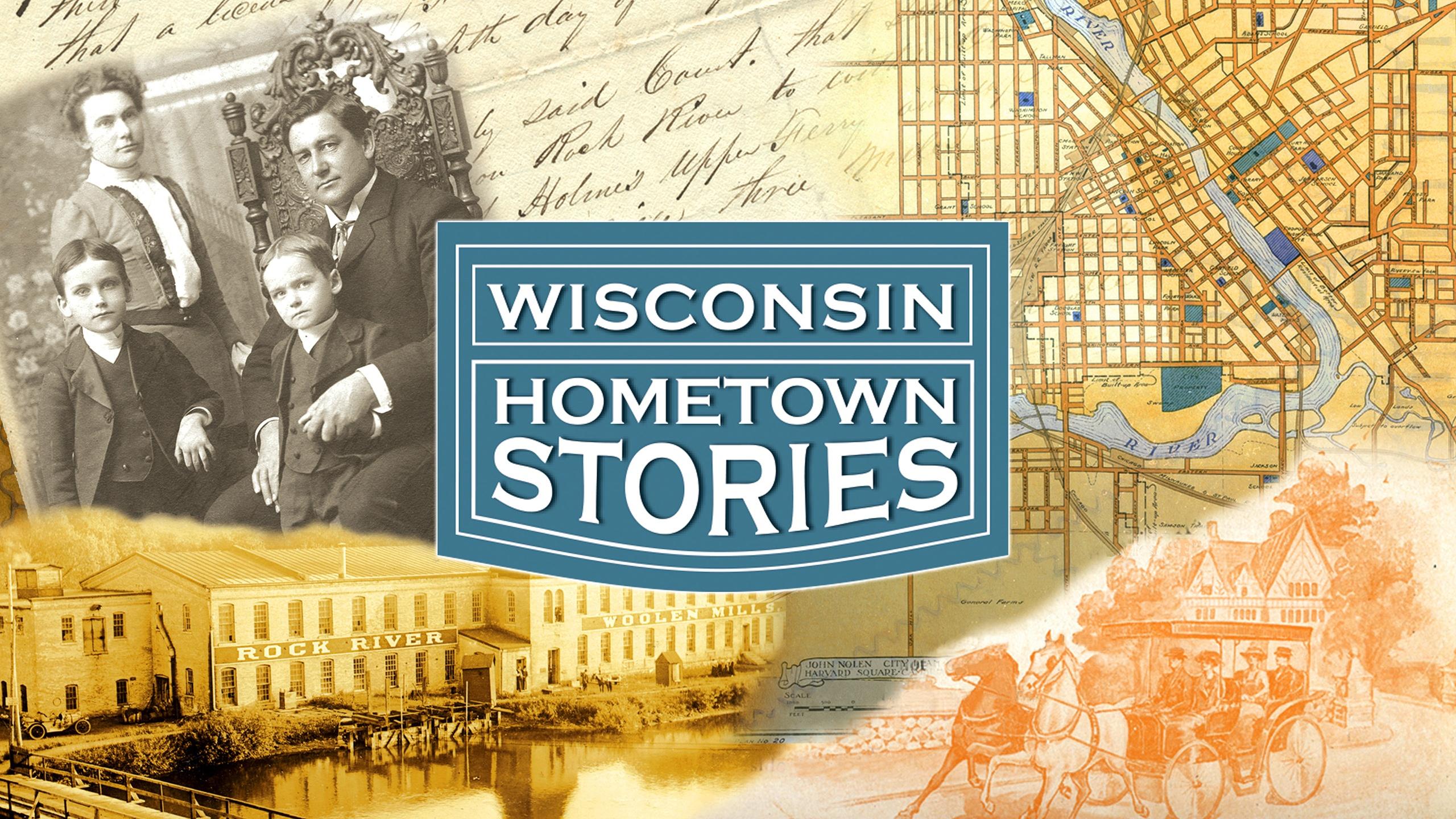


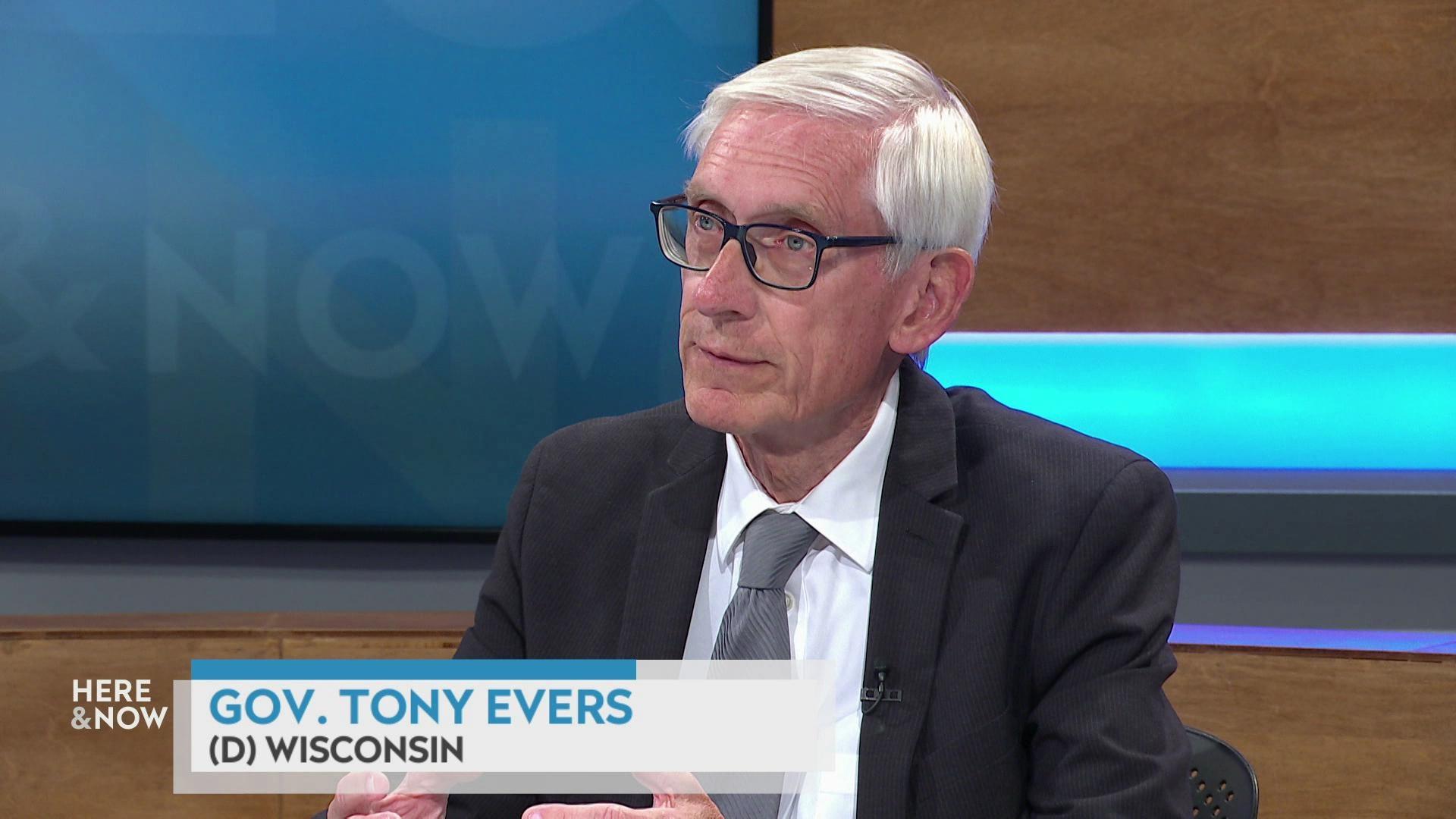
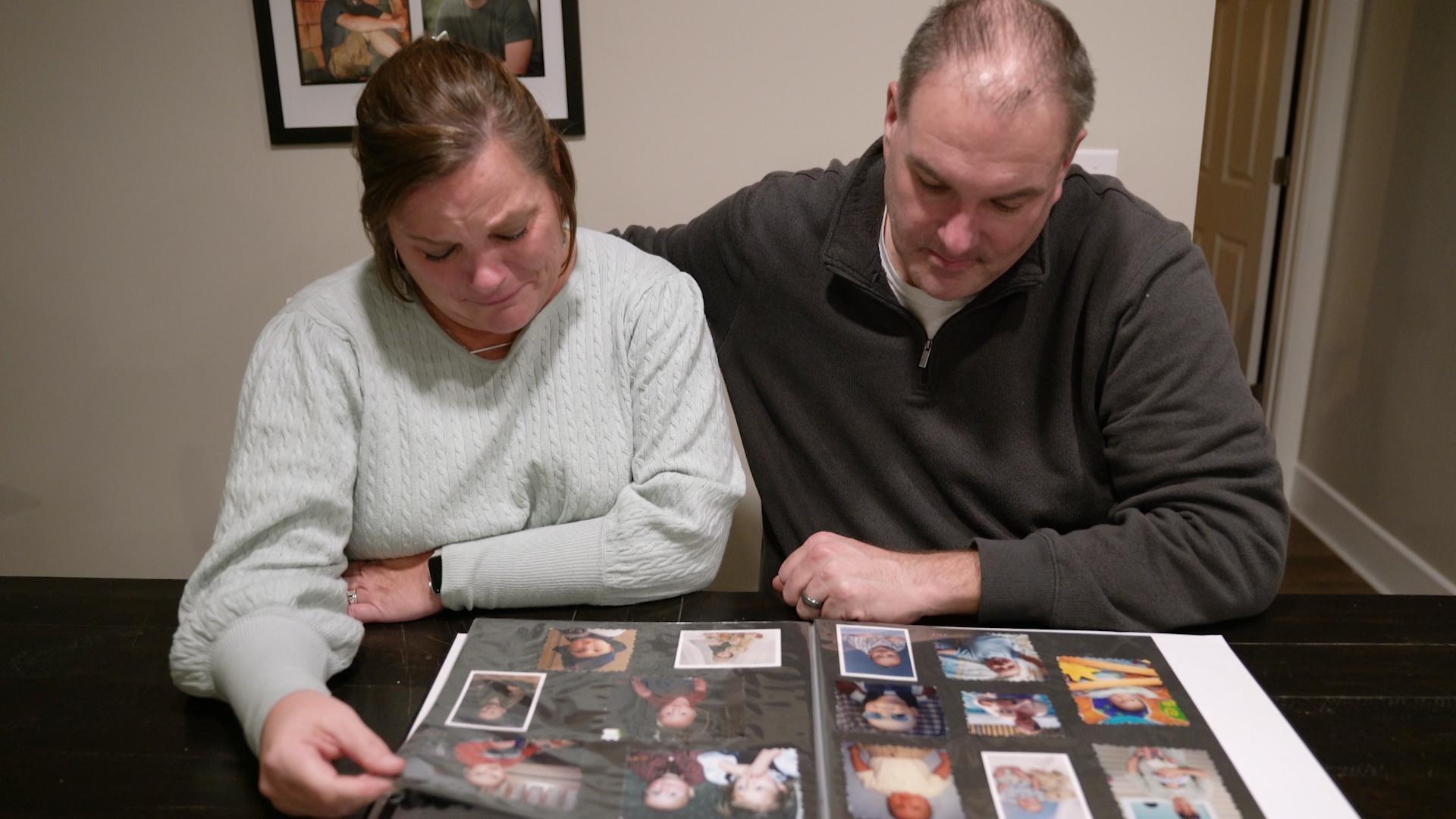
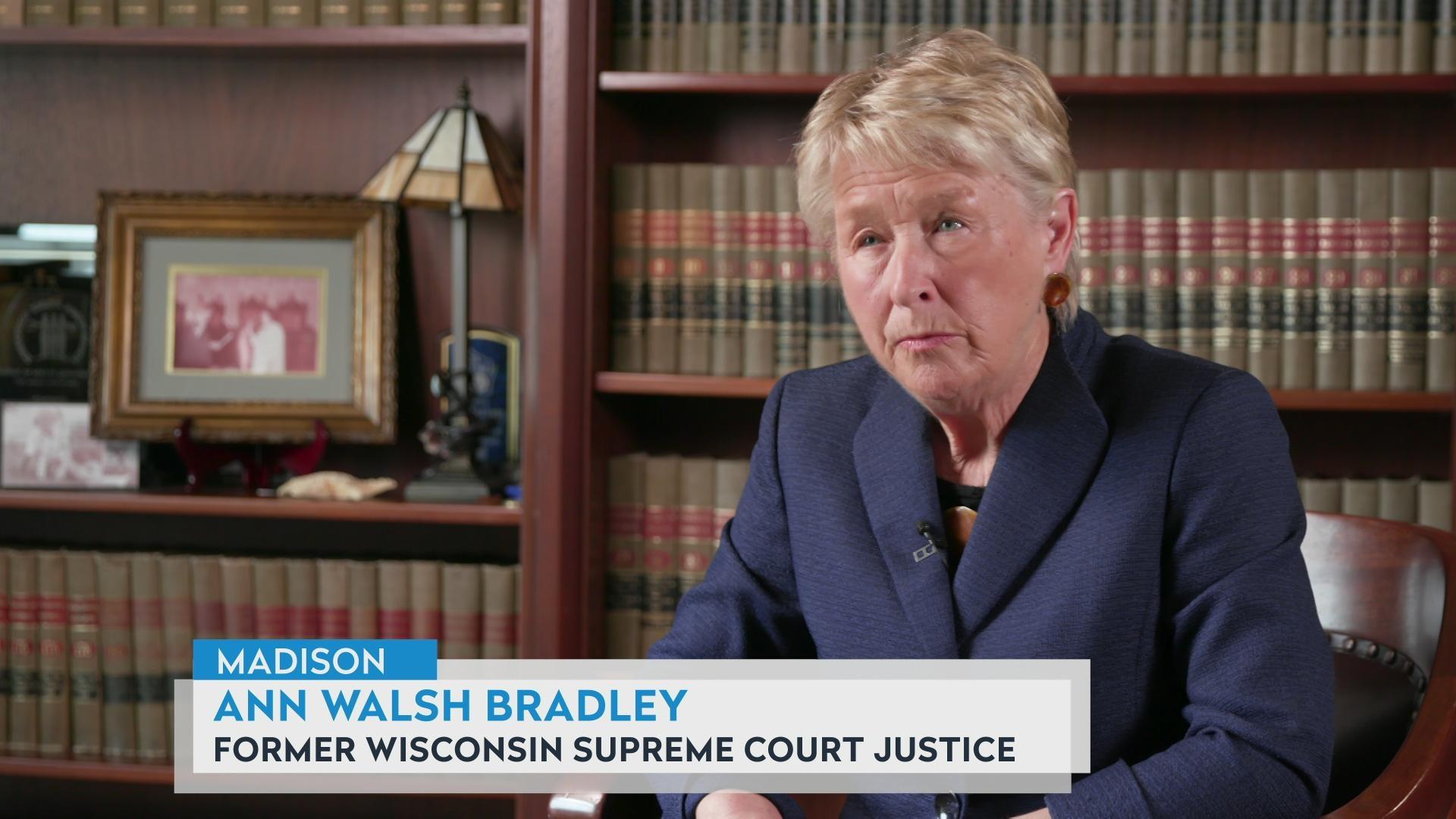
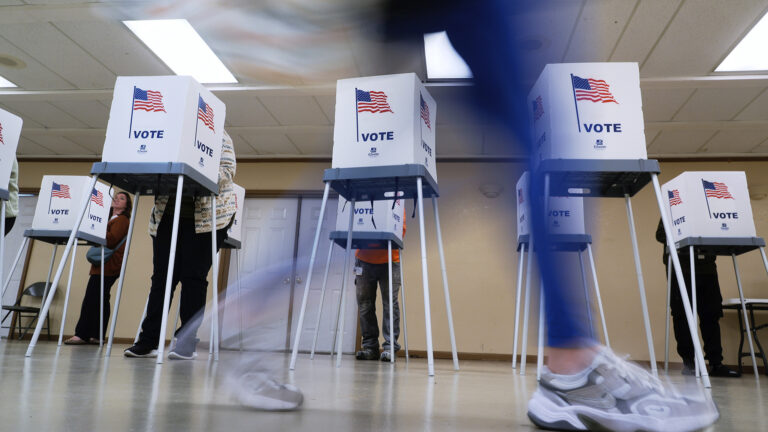
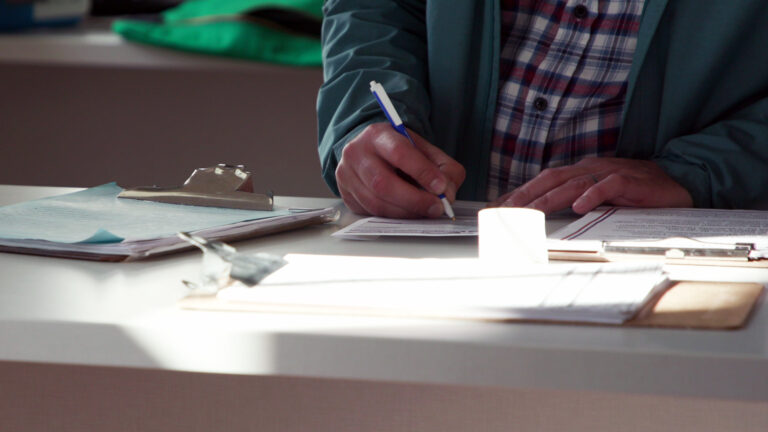
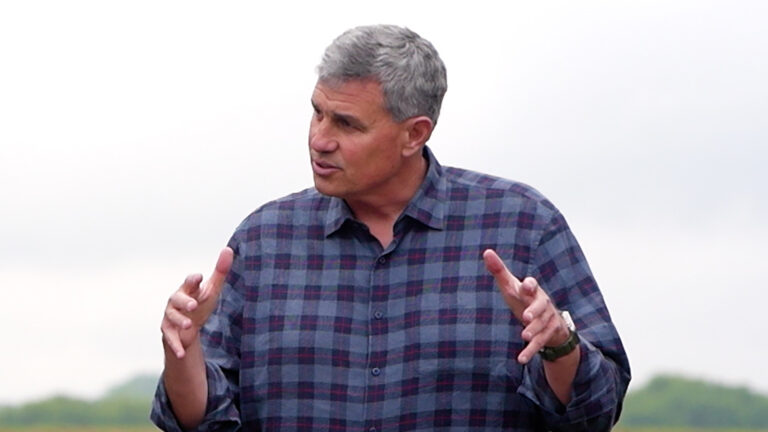
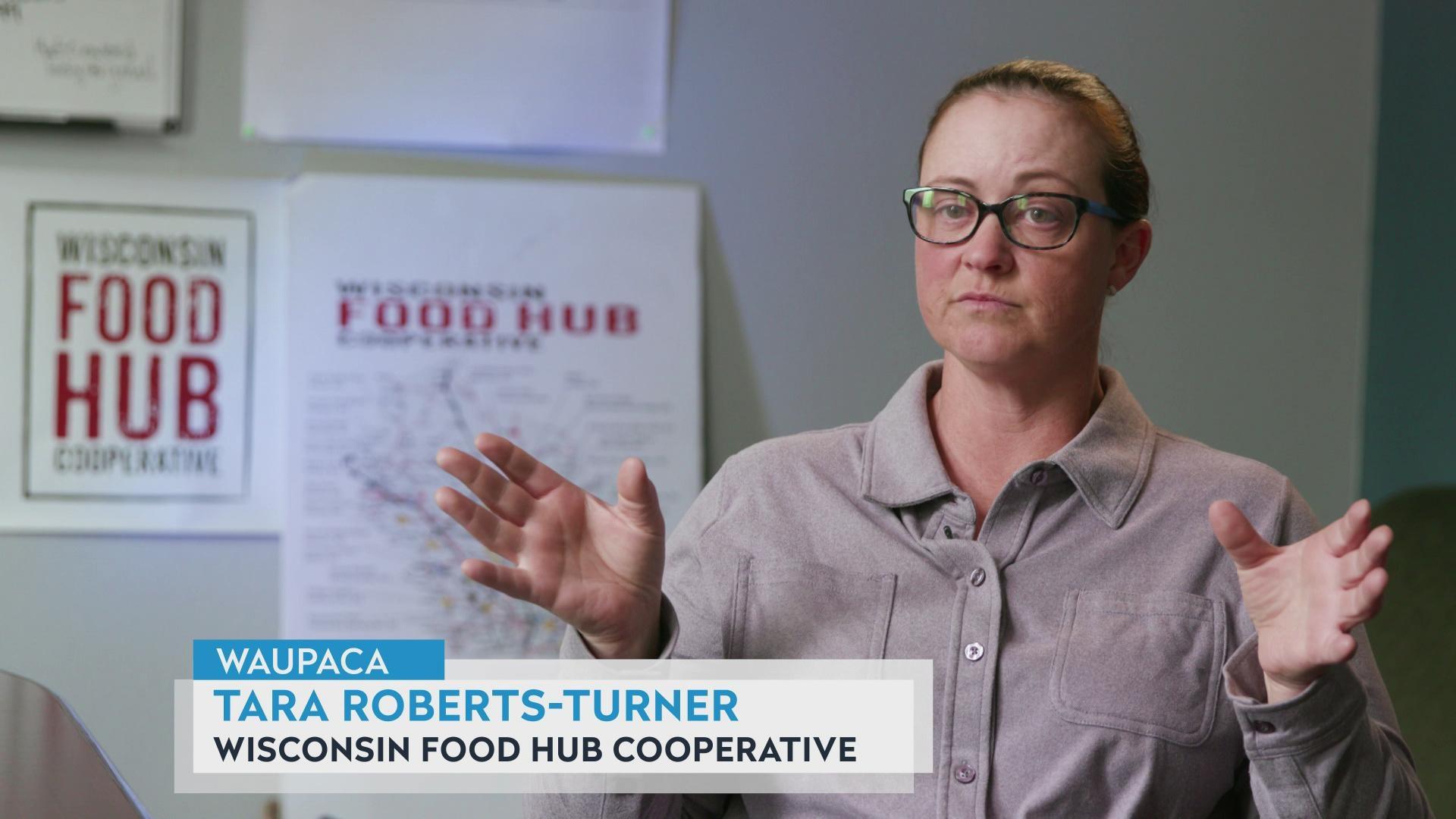
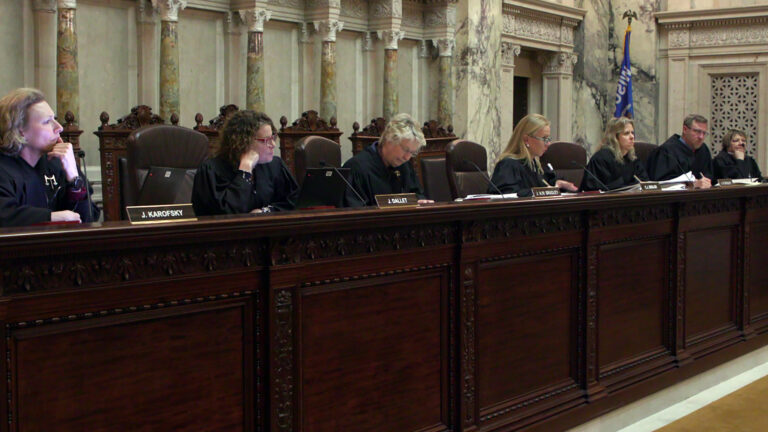
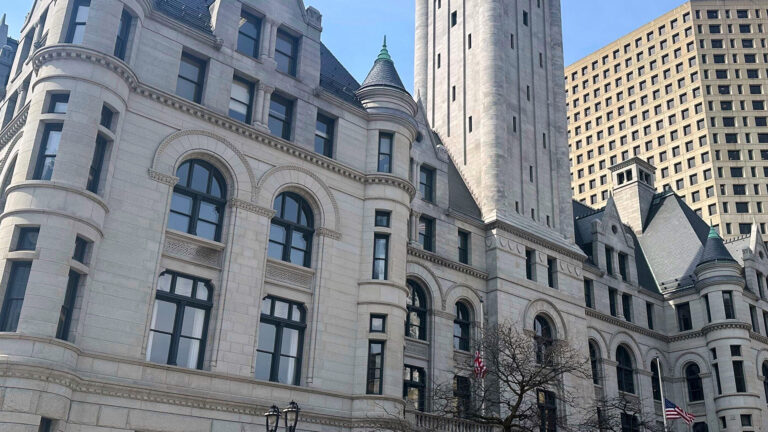
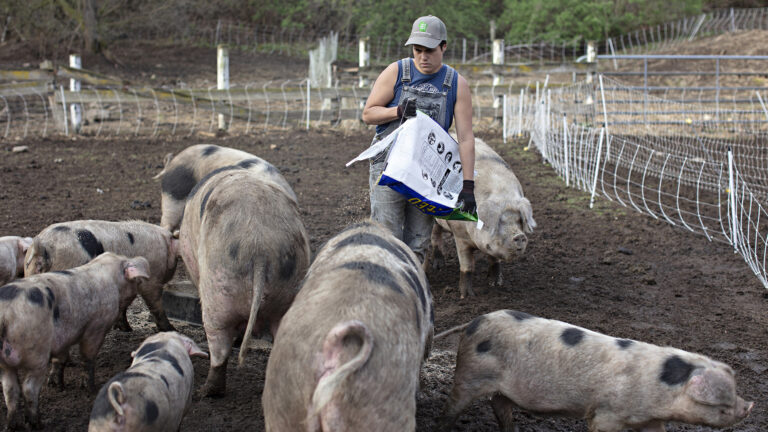
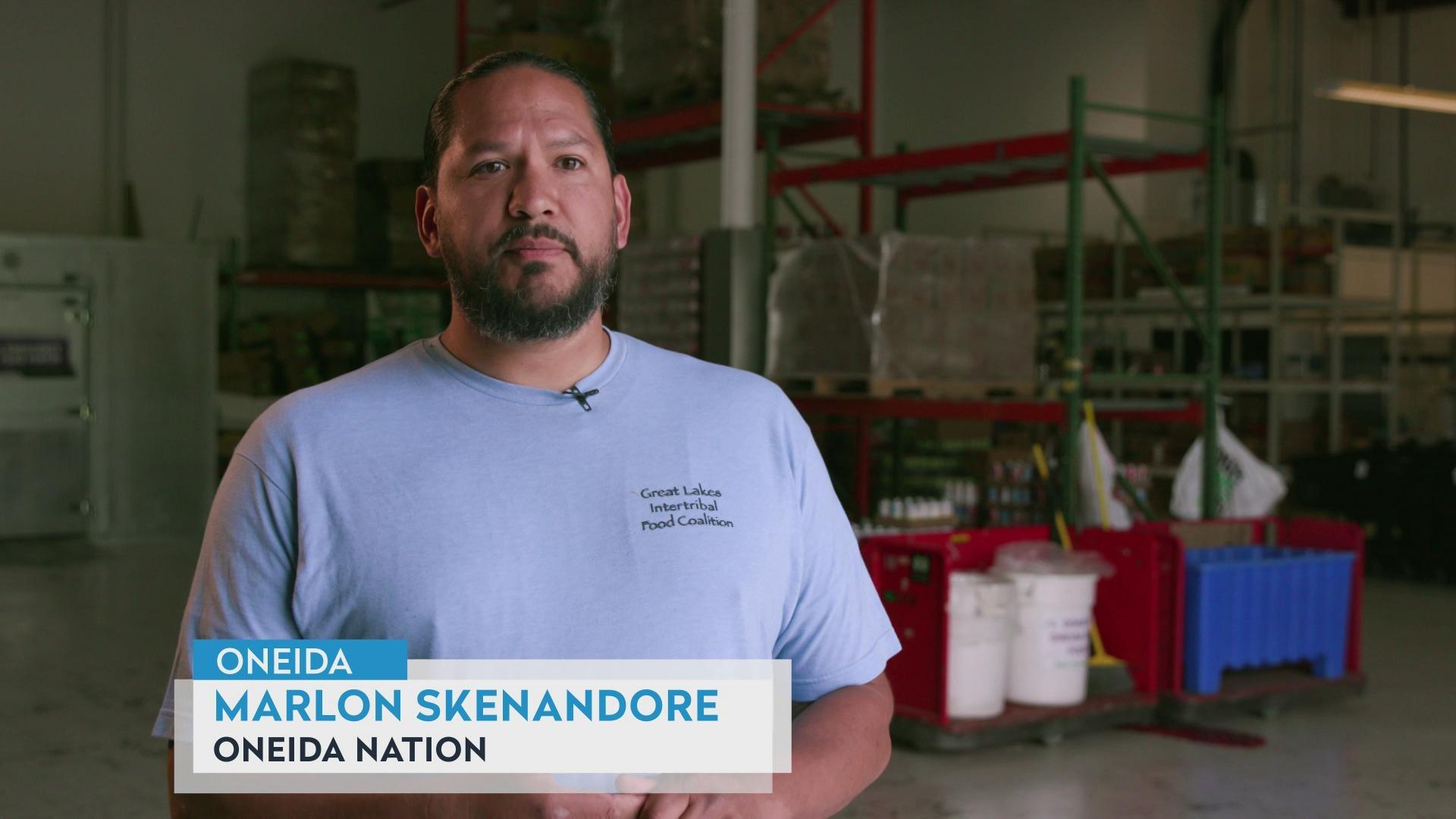
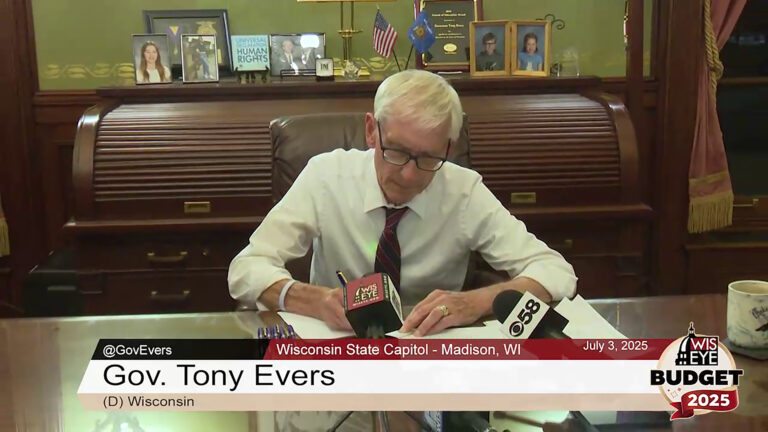

Follow Us